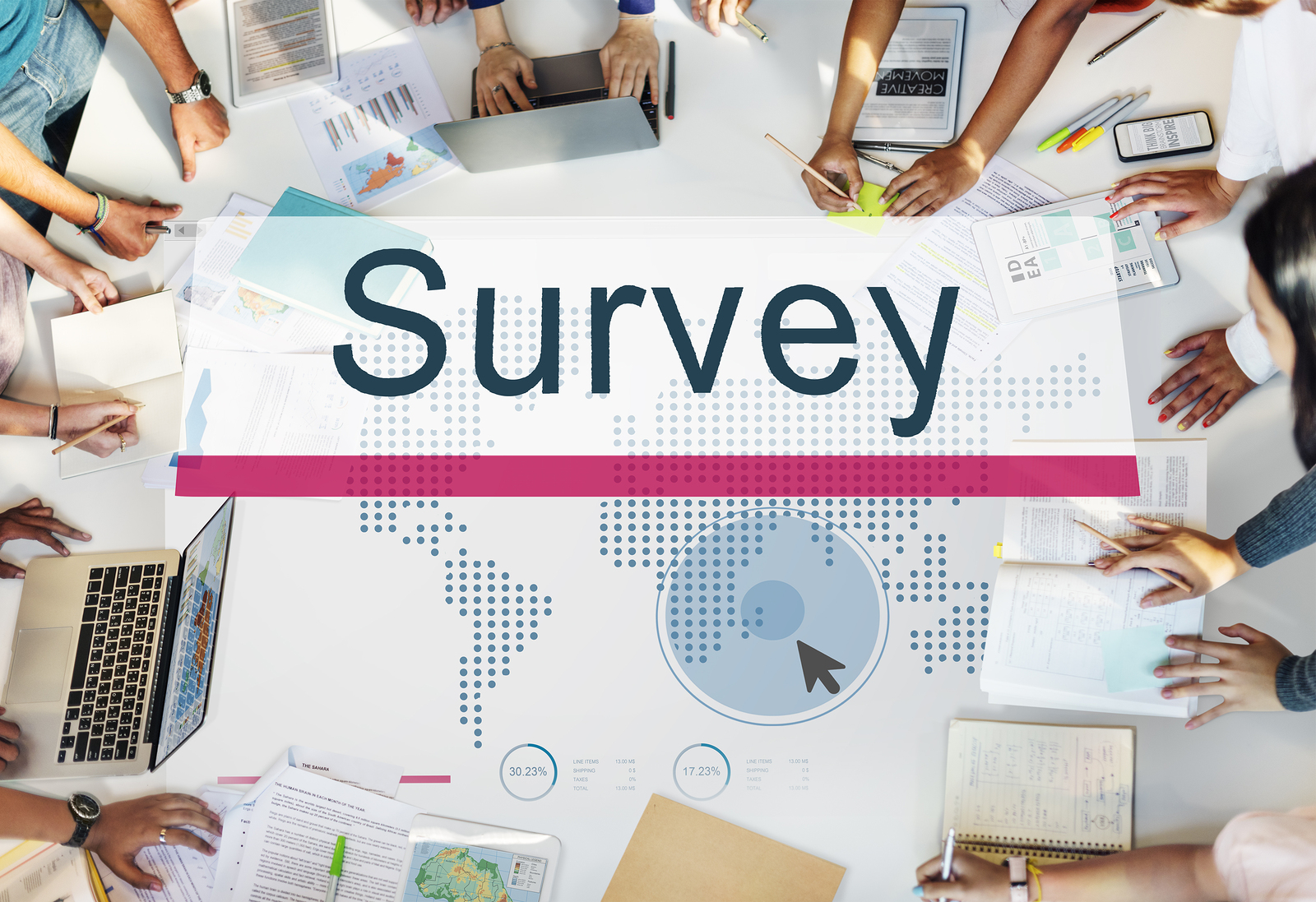What if you discovered your business was doing something that more than 25 percent of your customers disliked?
That should get your attention, though some businesses engage in unfriendly practices that bring in significant revenue. Think of airline baggage fees, hotel resort fees, and cable equipment rental fees.
Okay, but what if you learned an activity that more than 25 percent of your customers disliked delivered absolutely no value to your business?
You'd probably stop it immediately.
The customer service survey falls into that category for many companies. Customers don't like it and it delivers absolutely no value. Smart customer service leaders should either fix their broken surveys or stop doing them altogether.
Read on to learn which path you should take.
Customer Service Survey Drawbacks
A 2017 study from Customer Thermometer asked 1,000 customers to give their opinions on surveys by, you guessed it, surveying them.
25 percent dislike being surveyed after a purchase
47 percent dislike being prompted for feedback on a website
43 percent dislike being surveyed in exchange for a contest entry
The caveat is an inherent bias in the results. The chances of you filling out a survey about surveys when you really don't like surveys is pretty low. So we could reasonably expect the positive results to be inflated.
In fact, 45 percent of respondents reported they routinely ignored survey requests.
Okay, so far the data shows that surveys annoy a lot of customers and nearly half of customers don't complete surveys, so they aren't representative of your customer population.
It gets worse.
A 2016 study from Interaction Metrics concluded that 68 percent of surveys from leading retailers were "total garbage," meaning the surveys yielded no useful information.
The kicker is a 2017 study from Capgemini Consulting revealed that companies improperly used Net Promoter Score (NPS) surveys saw no difference in customer perception compared to companies that did not track NPS or customer experience data.
The big question is whether it's worth the risk of annoying so many customers if your business is getting zero value out of your surveys.
How to Tell if Your Survey Generates Value
Think about the intention behind a customer service survey. This is what a survey plan should look like:
Generate meaningful insights
Use those insights to take action
Measurably improve the business through those actions
So you can start assessing the value by starting at the beginning. Does your survey generate any meaningful insights?
Here are just a few questions it might answer:
What makes your customers happy or unhappy?
What products, services, or locations are performing the best or worst?
What generates the most complaints?
Insight alone isn't enough. You'll need to actually take action. Examples include:
Fixing customer pain points
Reducing customer service waste (ex: repeat complaints)
Strengthening areas where customers are happy
Finally, you'll need to make sure those actions are generating measurable business results in some one. For instance:
Can you improve customer retention?
Can you serve customers more efficiently?
Can grow revenue through more word-of-mouth advertising?
These are all examples and by no means an exhaustive list. The bottom line is your survey needs to be a conduit to improving the business or else it's a waste of time.
Take Action
I've assembled a customer service survey resource page to help you learn more about what makes a great survey. You'll find blog posts and helpful videos.
Take time to evaluate your survey. If it's not driving value you'll have a big decision to make. Should you scrap it or fix it?


